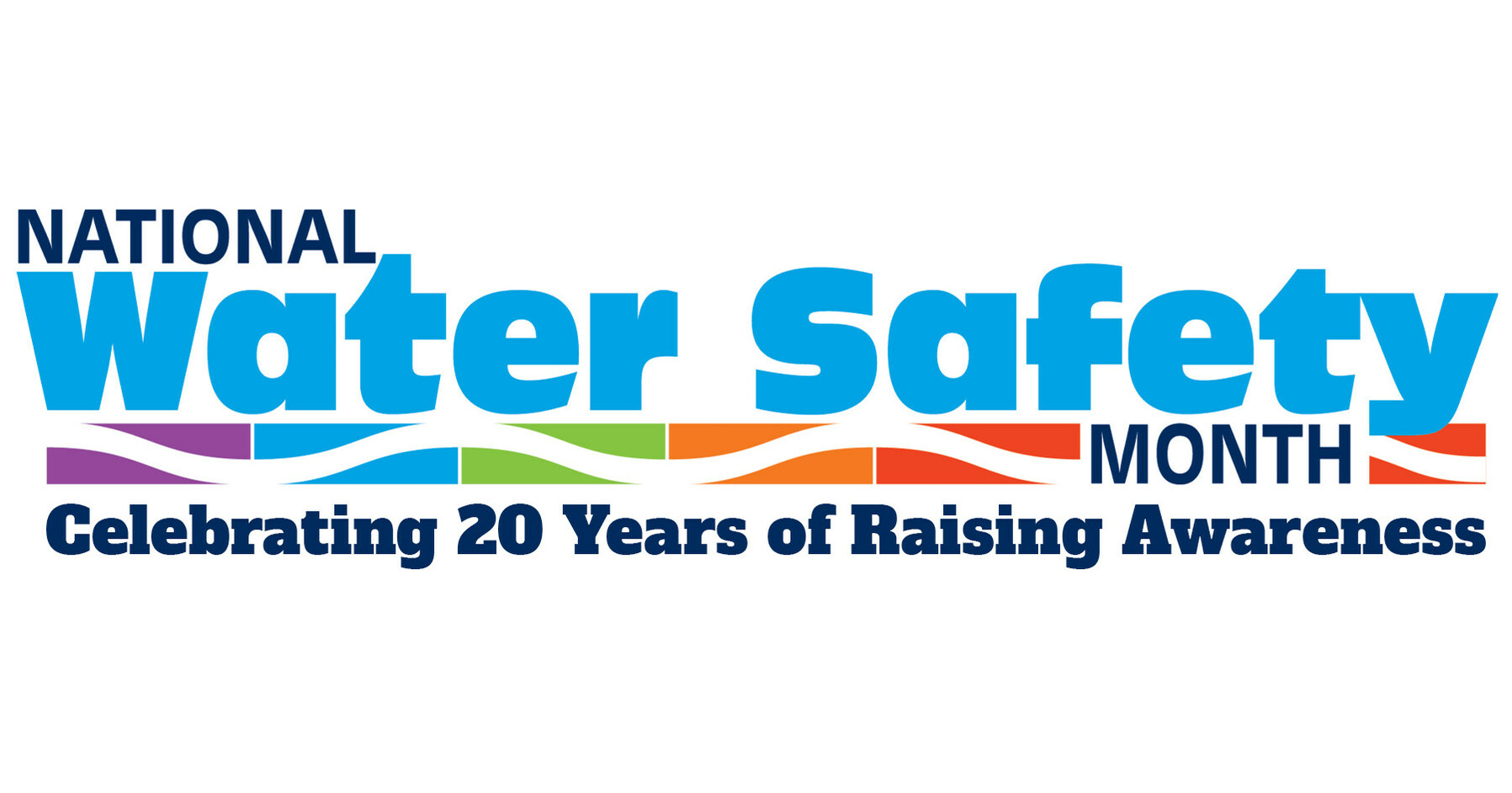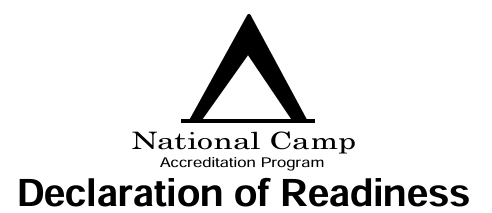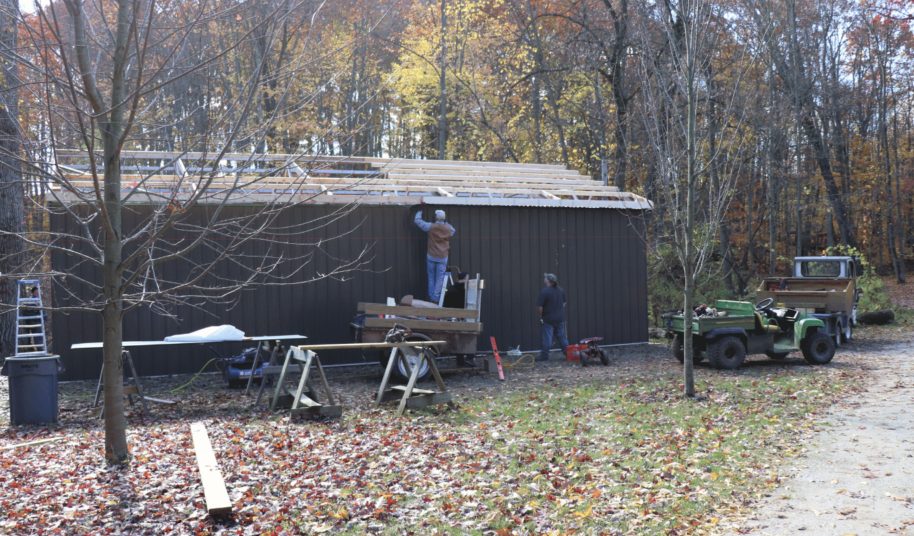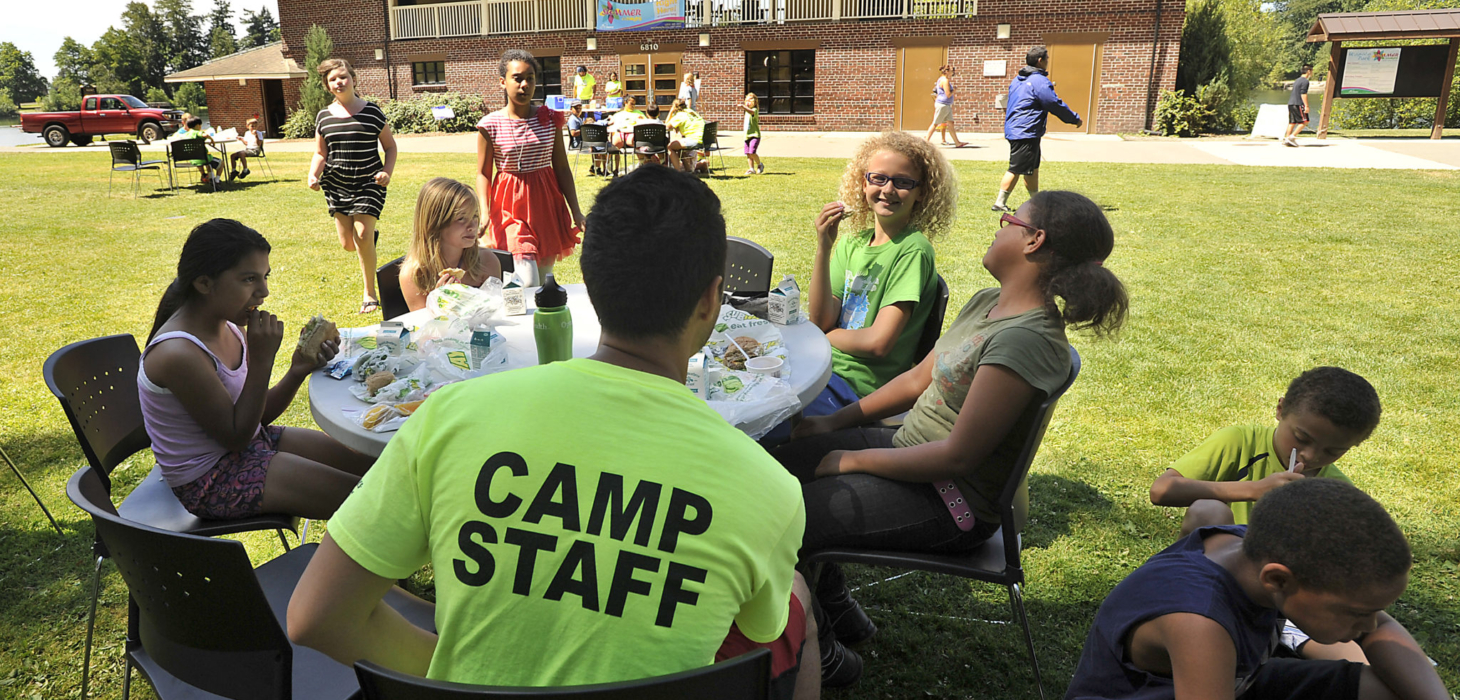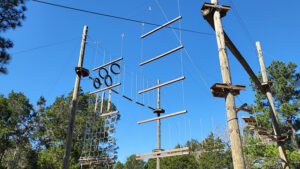
COPE/Climbing
As we are getting ready for camp and going through your checklist for opening (NCAP RP-855), one of the items on your list is your annual COPE and climbing facilities ACCT inspection. Let’s review NCAP standard FA-715 and how it applies to your camp and let’s focus on what you need to DO to be ready for your season.
Before you operate your COPE and climbing area(s) they must be inspected by a “qualified person.” This person is defined in the NCAP standard FA-715 and the inspection must take place each year (within 12 months) of operation. As a reminder someone who is trained as an NCS COPE or Climbing director alone is not qualified to do this professional inspection.
Your council will need to schedule this inspection NOW if you have not already done so. A list of professional ACCT vendors is found at https://www.acctinfo.org/vendor-directory. Inspectors book quickly so its essential you schedule this inspection right away if you have not already done so.
So you get the inspection, now what?
Taking charge: the councils’ responsibility
Your council plays a central role in overseeing the safety of your climbing and COPE courses. When inspections reveal areas of concern, it falls upon the council to address these issues swiftly and effectively, prioritizing the safety of all involved. This includes developing a plan to address any issues from the inspection. The NCAP standard allows you 60 days to develop the plan. You may ask “Can I use this element(s) during that time if it failed the inspection?” – NO once the inspector has labeled an element as a “fail”, your council must discontinue its use until the issues have been resolved. Does that mean my entire COPE course must shut down? – NO, you may continue to use those element(s) which pass inspection unless the use of a failed element would be needed to access the other elements.
Timely responses and thorough documentation
Your inspector must inform you immediately if there is an element(s) of the course that do not pass the inspection. This can be verbal, or in writing. Your role is to ask following the inspection “Were there any issues that you found?” Once you receive the inspection reports, the council will craft written responses outlining plans to rectify identified deficiencies. These responses are documented, providing a clear roadmap for addressing safety concerns and ensuring accountability throughout the process. Your NCAP assessment team will need to see the inspection reports along with the plan of action that addressed any concerns. These can be submitted with your Declaration of Readiness.
Collaborative efforts
Don’t go about this alone. Your council should engage a diverse array of stakeholders, including qualified professionals and experts, to develop comprehensive strategies for addressing inspection findings. Working with the inspector, installer, or manufacturer, along with your council committees will help you develop a plan to take corrective action. This plan must be in writing and available to your NCAP visitation team during the visit.
Implementing solutions
The primary objective of your council plan is to implement timely and effective corrective measures to correct any failures or issues. From structural enhancements to procedural adjustments, this plan should outline actions that are required and who will ensure they have been completed.
Verification and follow-up
Once the corrective actions have taken place a qualified person needs to approve and certify their completion prior to operation.
Cultivating a safety culture
Beyond mere compliance, council responses to inspection findings play a crucial role in fostering a culture of safety within our organization.
When it comes to outdoor adventures within the BSA, safety always comes first. Thanks to the work of BSA councils and their responses to inspection findings, you can climb, swing, zip, and explore with confidence. Questions about your inspection requirements? Email outdoorprograms@scouting.org.


